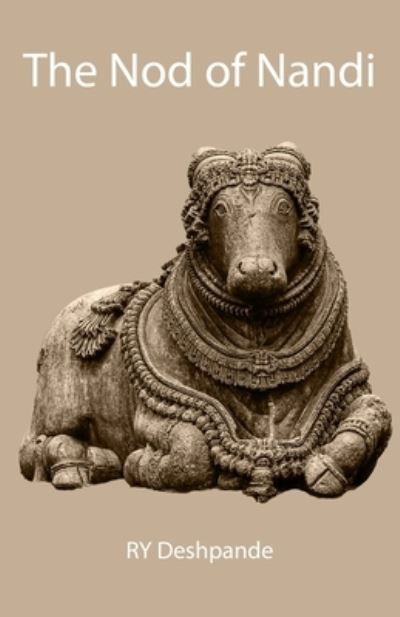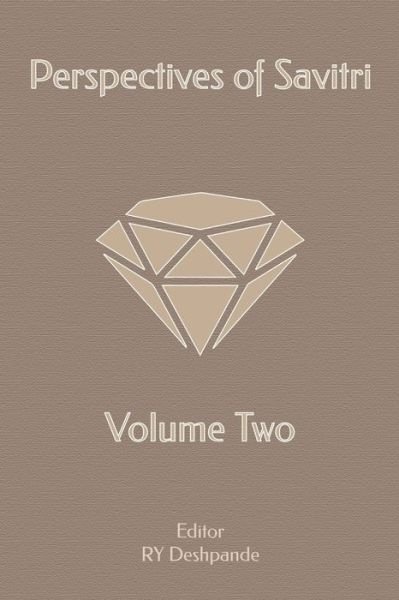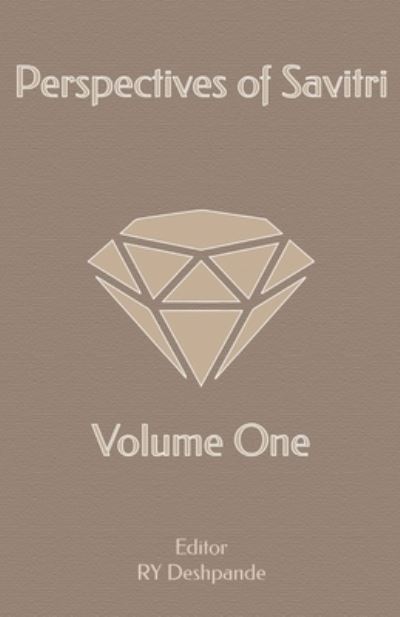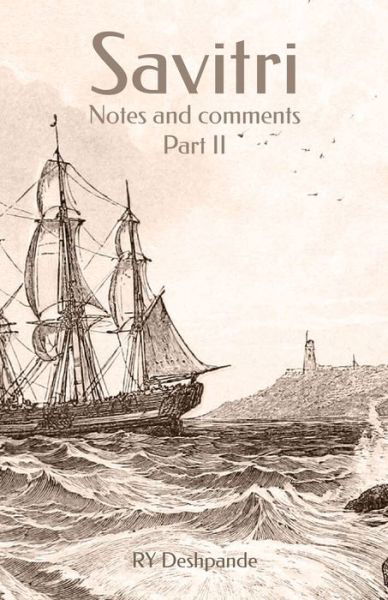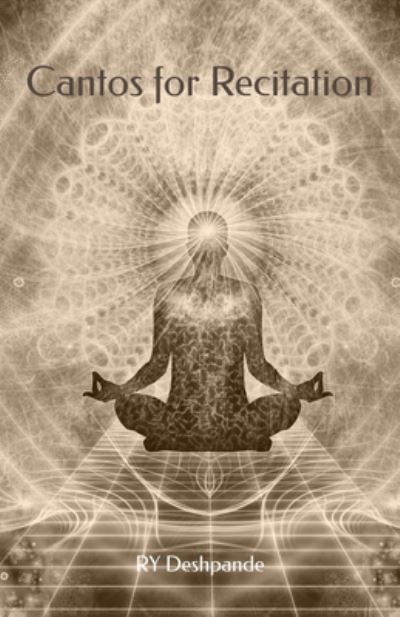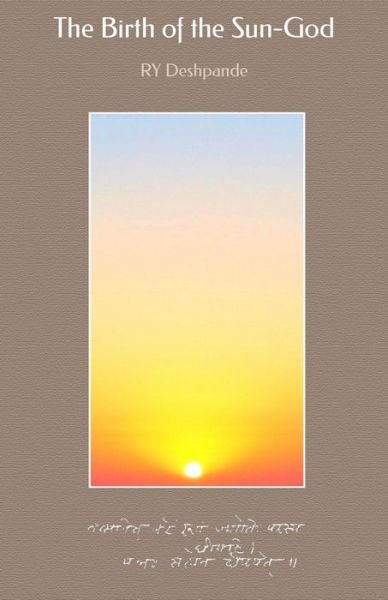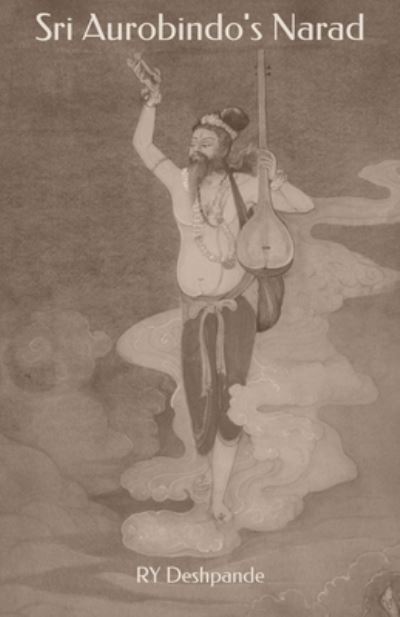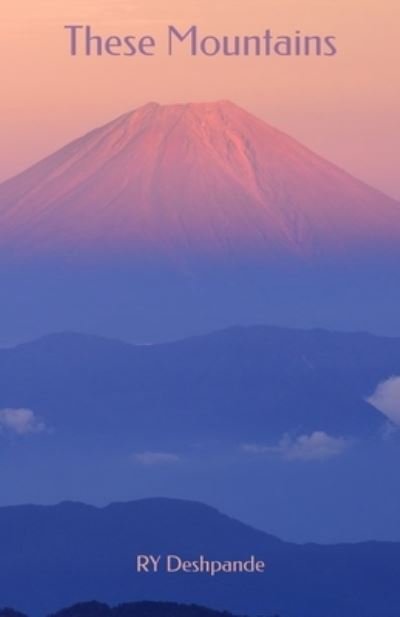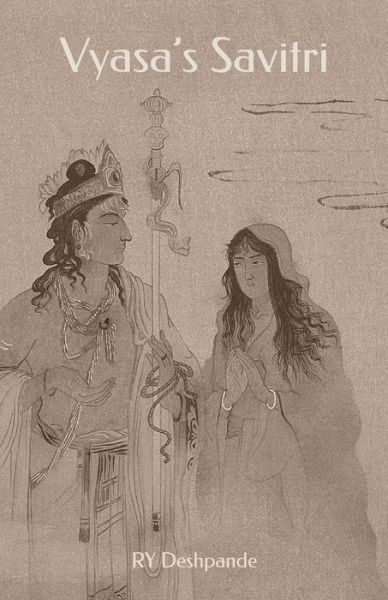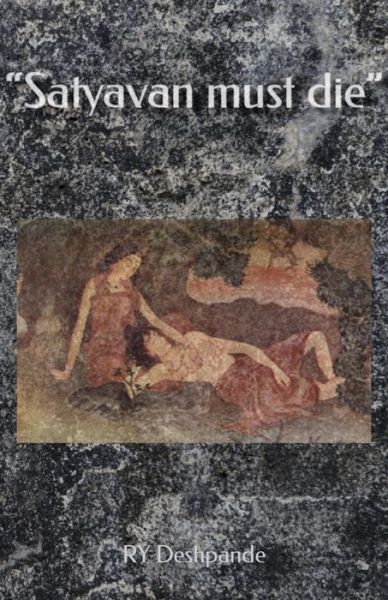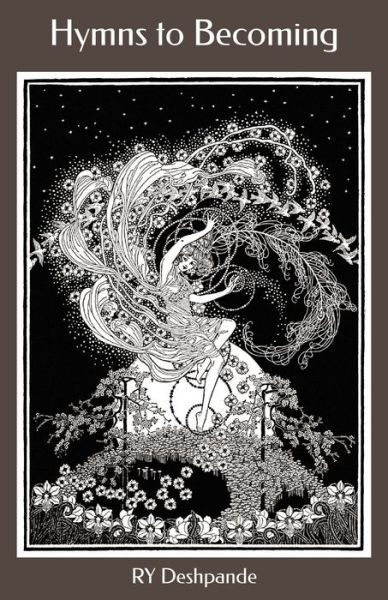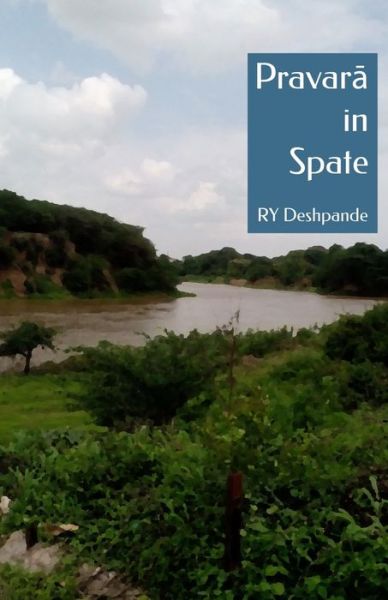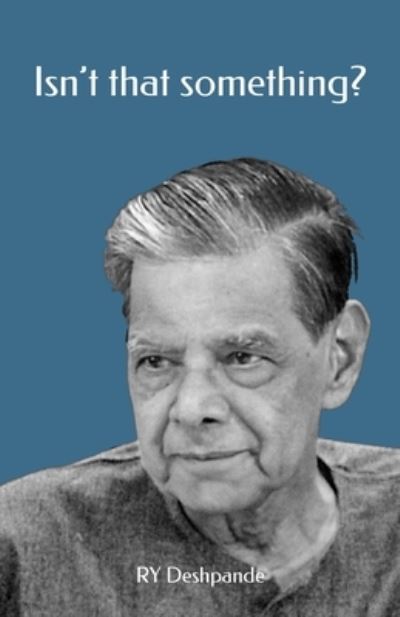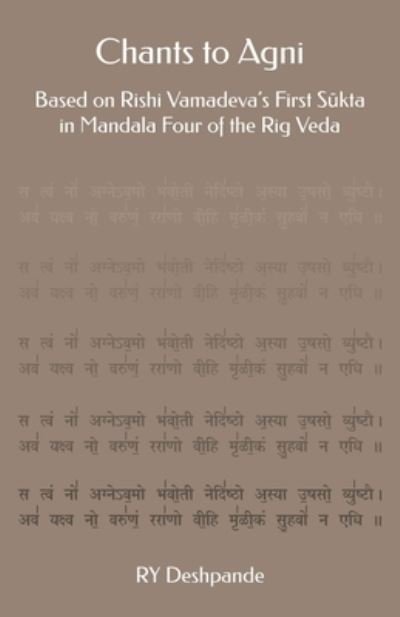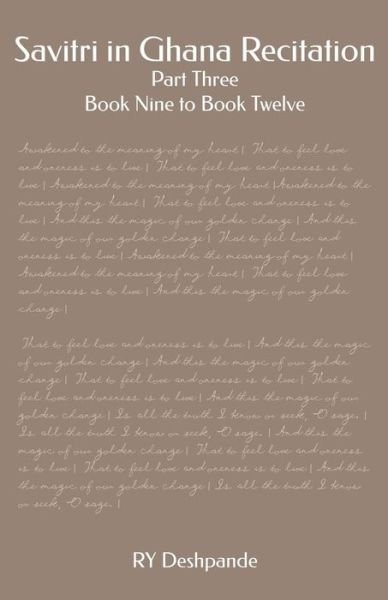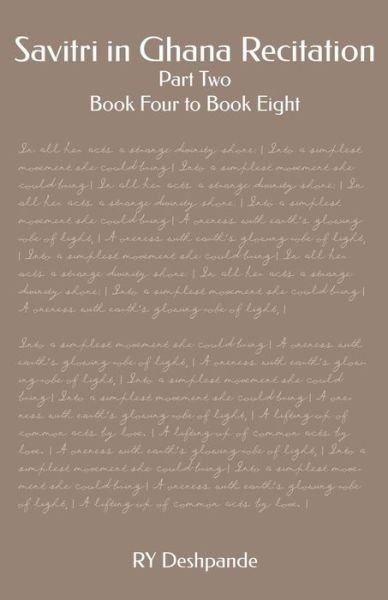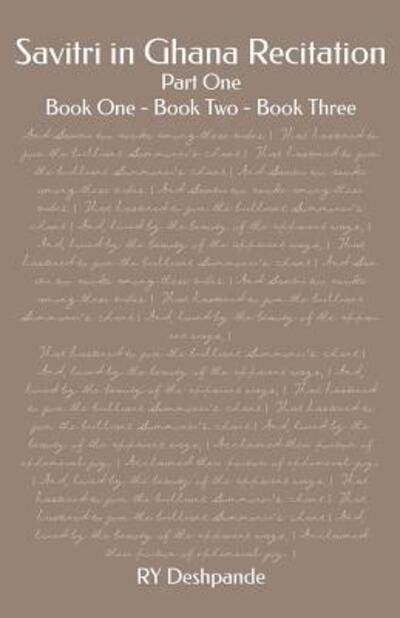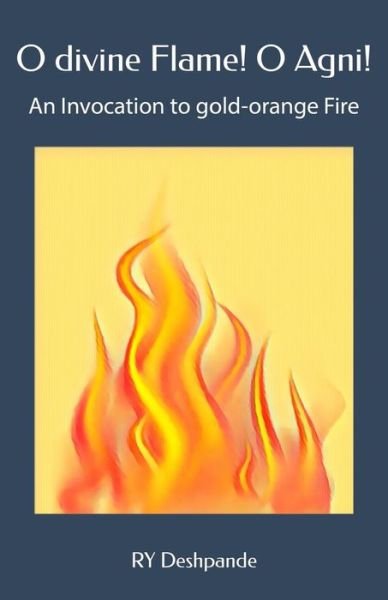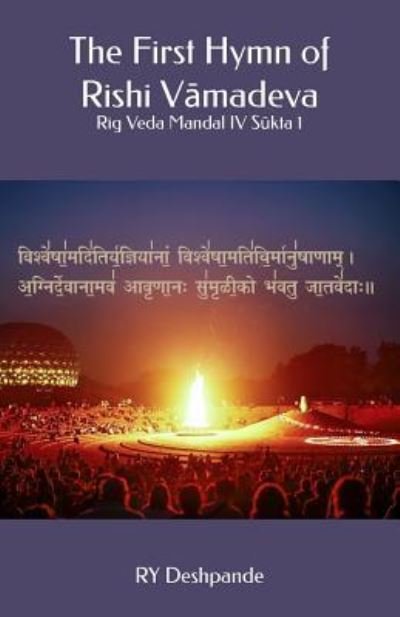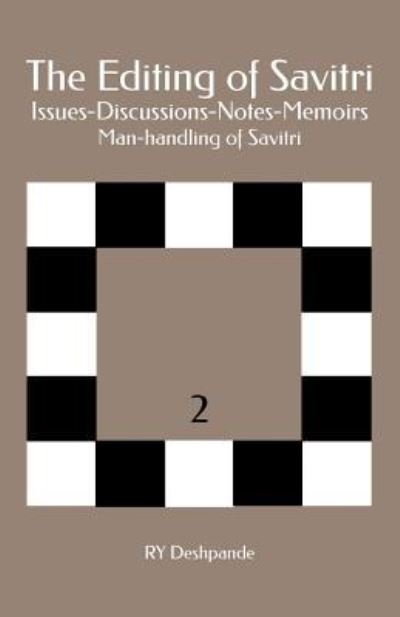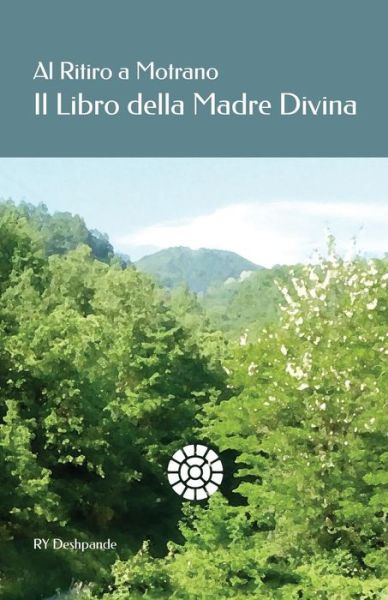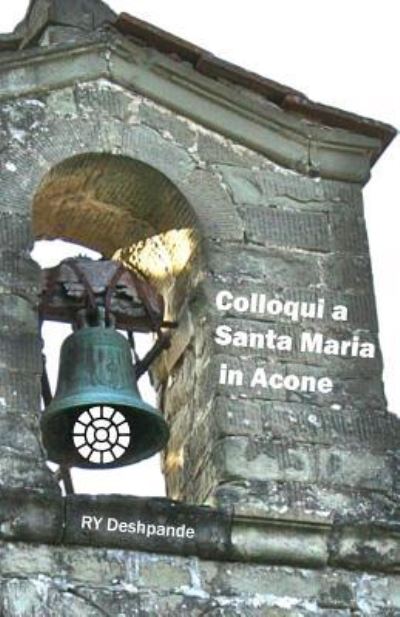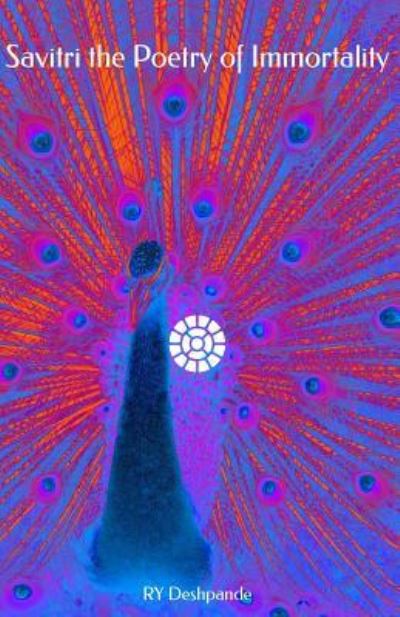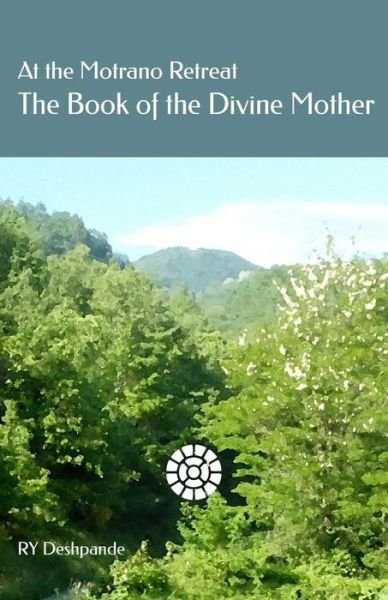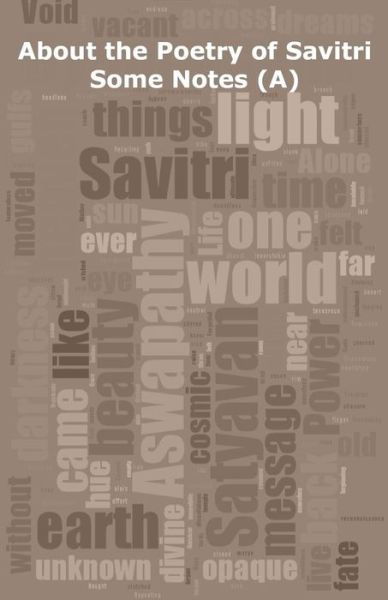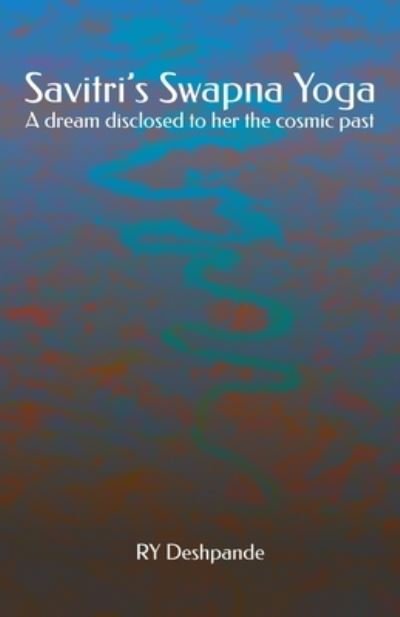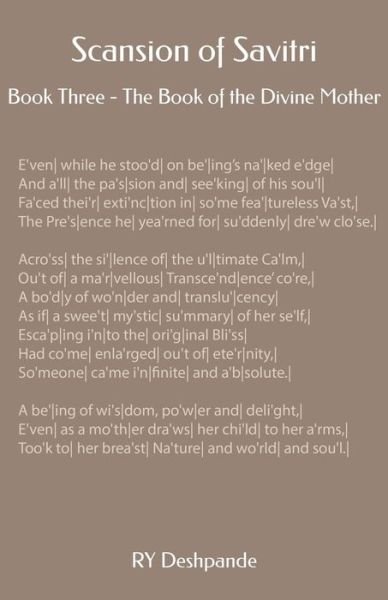
Fortæl dine venner om denne vare:
Scansion of Savitri
Ry Deshpande
Bestilles fra fjernlager
Findes også som:
Scansion of Savitri
Ry Deshpande
Sri Aurobindo considered Savitri as his "main work" and out of his precious time allotted two and a half hours every day for its composition. This was in the late 1940s when the tempo of the work had speeded up considerably. In fact he was otherwise engaged with it almost for fifty years though with some long gaps in between. Today we have a poem written in pentametric blank verse form running roughly into twenty-four thousand lines. Divided in twelve Books, as goes the tradition for a western epic, it has forty-eight Cantos and an Epilogue. Part I consisting of the first twenty-four Cantos was published in September 1950, ten-twelve weeks before the Poet's passing away; Part II and Part III as a single volume appeared in another six months of this, in May 1951. These two volumes are roughly equal in length: respectively, number of lines are 11674 and 12137; number of sentences, 2731 and 3040; Sections 1.1 - 92.15 and 93.1 - 159.6. Sri Aurobindo worked upon Savitri again and again until he was satisfied with the kind of poetic-literary perfection that has to be there, that yogically it could become the Word of Truth-Beauty-Joy in the expression of the Spirit's artistic realisations. We have an early letter in which he says, "I used Savitri as a means of ascension." It was experimentation, experimentation to see how far poetry could be written from a higher yogic-æsthetic consciousness, how that could be made creatively dynamic. It is also a record of spiritual achievements. The birth of Savitri was in the tapas-shakti of its creator. Of course, "ascension" is to be understood as climbing of common speech to transcendental speedn. For an epic there may be a story or there may not be any, there may be events and physical happenings, or there may be just episodes strewn together. An epic can be intensely subjective and can encompass in its fold the destiny of men and nations and the world. It is always meant for ripe and equipped souls ready to step into days that have left the things of the night far behind. In one of the talks with his disciples Sri Aurobindo mentioned that for an epic one requires the power of architectural construction. That is what we have in Savitri, a Shrine of Perfection housing the God of Love. One remarkable thing about this Shrine is, not only do men of wisdom and thoughtfulness visit it to offer worship to the residing deity; high gods also long to go there, at this abode lit by innumerable suns. To appreciate it, to enter into its spirit what is needed on our part are a supple quick intuitive perception and wideness of consciousness. To enter into Savitri is also to live in the presence of its creator. Many are its splendours, countless indeed, like the stars in the sky of its poetry. We may use a most powerful telescope built on the top of a mountain or put a Hubble in outer space to look into the universe which is an unbounded finite. Galaxies after galaxies speed beyond our keenest comprehension, as if to reach some mysterious Beyond glimpsed at the far edge, but of which we have no knowledge. Suddenly, in that process, we become one with the sky. Astonishment disappears and what remains is a luminous perception ever progressing towards some unseizable unspeakable realisable Unknown. In an early letter written in 1932 when Savitri had hardly existed in the form it took later, Sri Aurobindo speaks of the nature of its poetry and particularly its rhythm-structure. The letter was written to Arjava, a name gaiven by him to his mathematician-philosopher, and a poet disciple from Cambridge, JA Chadwick. "Savitri is blank verse without enjambment (except rarely) - each line a thing by itself and arranged in paragraphs of one, two, three, four, five lines (rarely a longer series), in an attempt to catch something of the Upanishadic and Kalidasian movement, so far as that is a possibility in English. You can't take that as a model - it is too difficult a rhythm-structure to be a model."
| Medie | Bøger Paperback Bog (Bog med blødt omslag og limet ryg) |
| Udgivet | 9. november 2019 |
| ISBN13 | 9781707049608 |
| Forlag | Independently Published |
| Antal sider | 96 |
| Mål | 140 × 216 × 6 mm · 131 g |
| Sprog | Engelsk |



